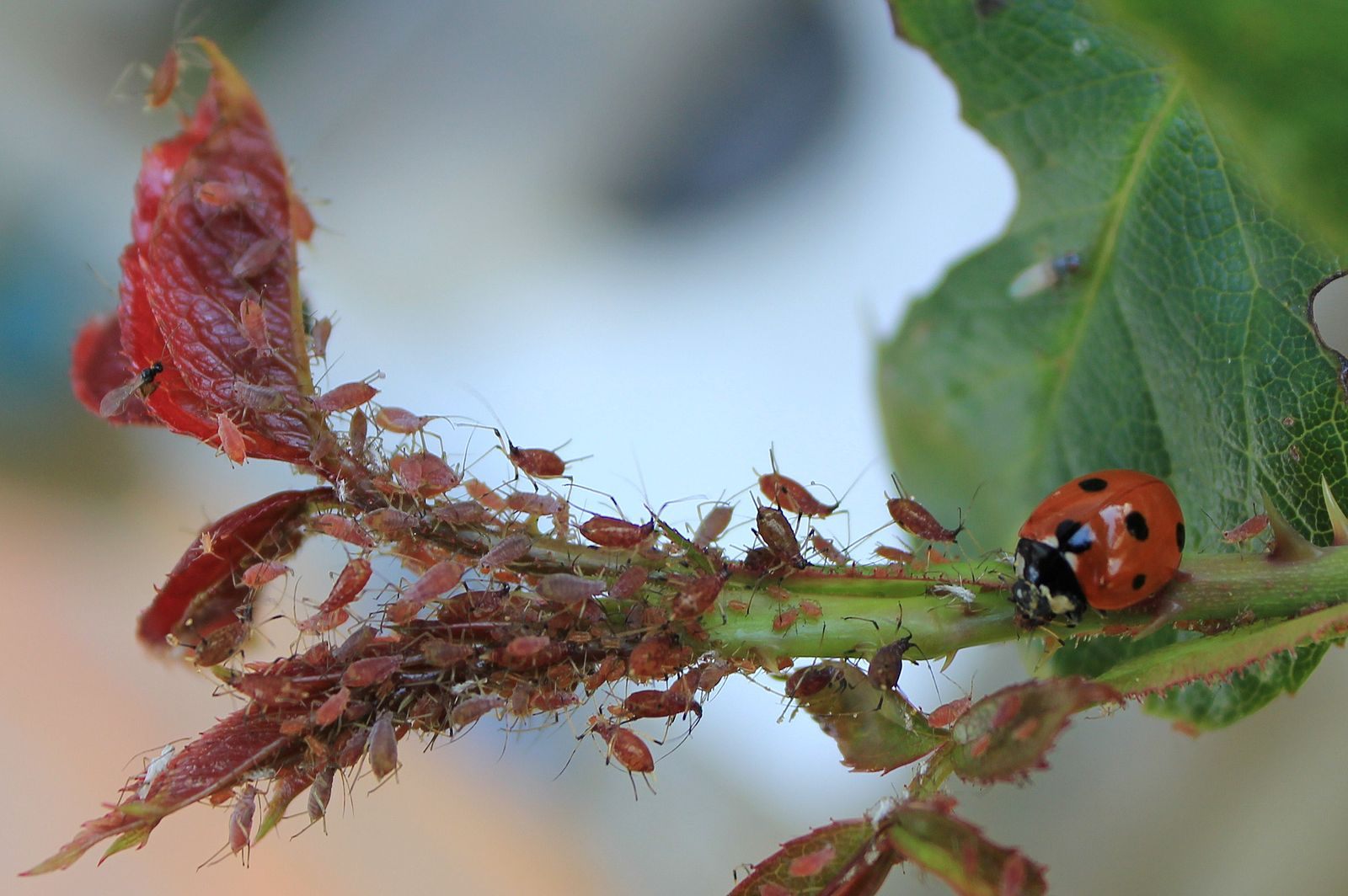Researchers in England Are Criss-Crossing Cropland With Wildflowers
They hope to attract helpful bugs.
Croplands are always mesmerizing from above, with their patchwork geometries and endless swirls. But anyone droning over England’s farmlands this spring might notice an unusual embellishment: Dozens of the country’s fields have been striped with careful, even rows of wildflowers.
They’re not just cool decorations, or a colorful message for UFOs. As the Guardian reports, they’re part of an experiment by the U.K.’s Center for Ecology and Hydrology (CEH), meant to encourage helpful bugs to move into cereal cropland and protect it from pests.
Stripes of wildflowers across farm fields could cut pesticide spraying https://t.co/L2l1tQJxdm by me @CEHScienceNews pic.twitter.com/kV4KavIjN5
— Damian Carrington (@dpcarrington) January 31, 2018
Many agricultural experts are encouraging farmers to cut down on pesticides, which can kill insects beyond those they target, and may contribute to human and environmental health problems. But if we want to feed people, leaving crops at the mercy of ravenous hordes of aphids isn’t really an option either. Luckily, there are plenty of bugs that eat pests, too.
Studies have shown that providing a habitat for these “good” insects, in the form of strips of wildflowers, is a chemical-free way to eliminate the bugs we don’t want. (It also attracts native pollinators, which can further help the certain crops grow.)
Past experiments have positioned these flower strips around the crops, like a decorative border. But if you’re a bug—even a big bug—“it’s a bloody long walk to the middle of the field,” Richard Pywell, a CEH researcher, told the Guardian. If your flowery neighborhood is on the outskirts, you’re more likely to stay near there, eating your fill of pests, and leaving the crops further in unguarded. Making the wildflowers a pattern instead of a border would shorten the commute. So this past fall, CEH added 20-foot-wide floral lanes to fifteen large farms in England, striping wheat and barley patches with daisies, red clovers, and wild carrot.

The strips are 300 feet apart, and “take up just 2 percent of the total field area,” the Guardian writes. They’ll stay up year-round as the crops cycle through. Thanks to the precision afforded by GPS, giant harvesting machines will be able to pick around them.
CEH will keep tabs on the experiment for five years, paying careful attention to what happens, especially whether the “good” insects end up being harmed by the pesticides still in use. But there’s precedent for their success: Switzerland has provided incentives for farmers to do this since 2015 (the photo earlier in this article is of a Swiss field) and as the Game & Wildlife Conservation Trust noted in a response to the article, farmers have been successfully adding small grass ridges, called “beetle banks,” to their fields for decades. Plus, it looks so nice, why stop?













Follow us on Twitter to get the latest on the world's hidden wonders.
Like us on Facebook to get the latest on the world's hidden wonders.
Follow us on Twitter Like us on Facebook